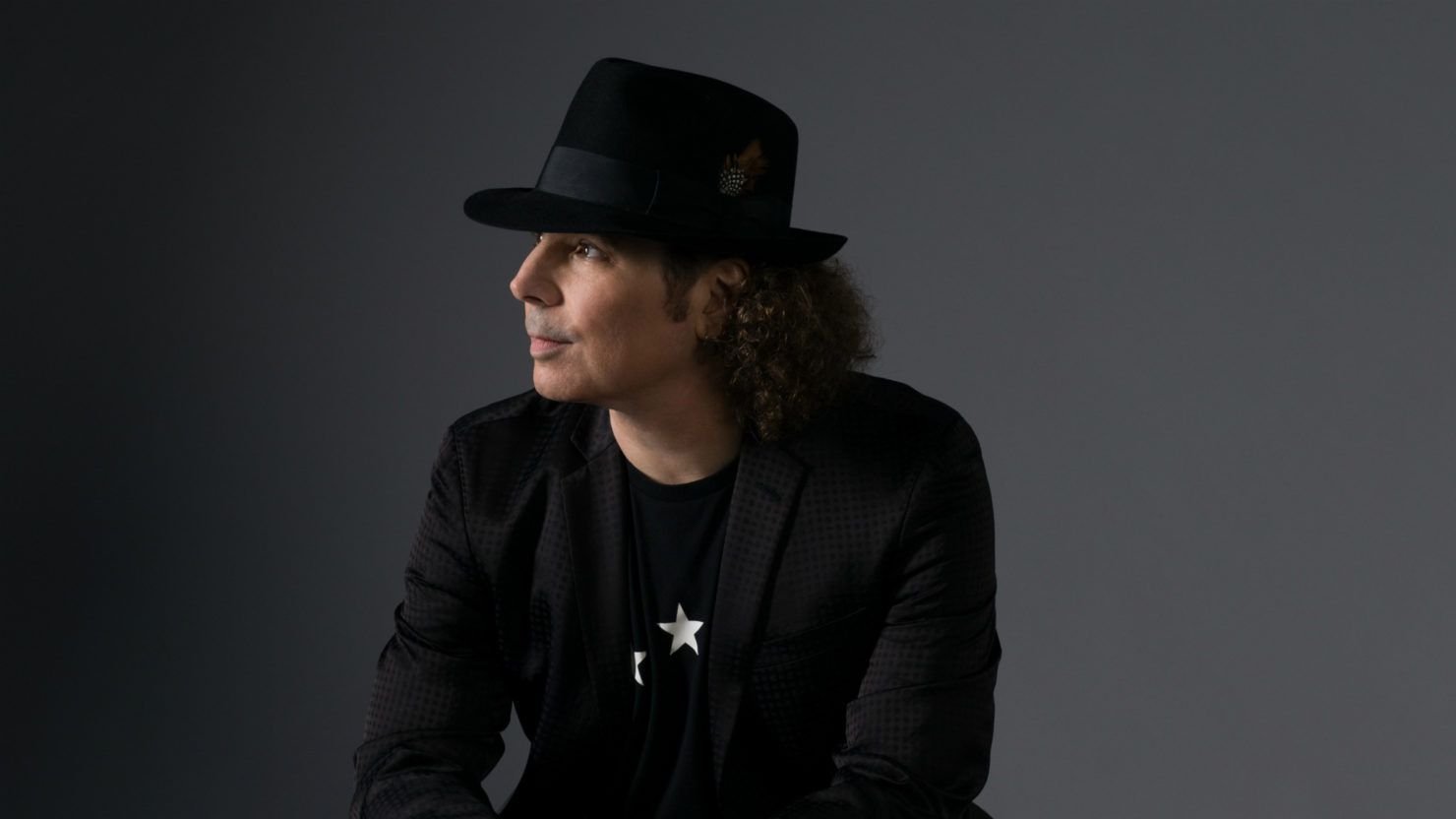Becoming Boney James

Boney James
With a new album due out soon, the saxophone player remembers his early recordings.
“I just yesterday put my new record in the can, and I cannot divulge the name, the guests, or anything about it other than that I have a new record coming in the fall that I’m super excited and proud about,” sax player Boney James says.
Welcome to the working musicians’ dilemma. What do you do when you have a new album in the can, something you’ve been working on for the last year, but you’ve still got another month or two of selling your last album on tour?
“It’s an interesting feeling,” James says playfully. He’ll perform at The Fillmore on Friday, still officially in support of Detour came out in 2022 and he has spent a good part of the last two years playing it and talking about it. “I’ve been doing this show for almost two years now, but this is a new record for people who haven’t seen us play on this cycle. It’s a little awkward onstage, but I’m trying to tell them about the new record but not the name.
He has to wait for his label, Concord Records, to make the formal announcement, but he deals with that in-between space by focusing on the feeling of accomplishment. James enjoys the process of taking music from conception to a finalized recorded version, and the fact that he has successfully done that again is satisfying and something he doesn’t take for granted because it wasn’t always like this.
Boney James has made his name playing warm, melody-oriented, R&B-flavored jazz, but his horn isn’t always central to the composition process. “I sing lots of thoughts about what the melody will be,” he says, then he works out the arrangement. It’s only after he has the bones clearly in place that he goes in to add his sax. “We’ll spend three or four hours of me playing on the song, and that’s generally what goes on the record,” he says. “Then I build things around it to enhance it.”
Sometimes he builds a track until it is somehow at odds with his horn and he has to re-play his part with the evolved track in mind, “but it’s a varied process. It’s all instinct and trying feel when things are right according to what they sound like in my head, and it’s always a mystery until it’s finished.”
The melodic focus of his work may be in part because James is a sideman made good. He toured as part of the band with Ray Parker Jr, Randy Crawford, Teena Marie, The Isley Brothers, Sheena Easton, Kylie Minogue and more, and credits his time with The Time’s Morris Day for a breakthrough. Until he got that gig, he was playing in local bands and delivering pizza to make ends meet. Playing with Day got him in the game and allowed James to start paying his dues. He learned how to play with a band, how to tour, and by watching Day, how to lead a band. He also learned what he didn’t want to do. On that gig and many that followed, he was hired as a keyboard player who occasionally played sax. Since James tied his heart and identity to his saxophone, “the whole process of that drove me to make my first solo record,” he says. “Because I was thinking I might as well be working in a restaurant if I’m doing this for a living.”
To scratch his creative itch, “I was trying to be a pop songwriter and get a Madonna cover like all my friends,” he says with a laugh, but his fortunes changed while playing saxophone with singer Bobby Caldwell. While on that gig, James started talking with sound man Paul Brown, who was doing the front of the house mixing on the tour. Brown had production aspirations and a connection to an independent label, so he approached James about making an album together. “I’d been banging my head against the wall for three years and not getting anywhere, and two weeks later we were in the studio making Trust,” he says.
The times and the years James spent in the pop R&B world are clear on Trust, starting with some new jack swing pushing some songs, and the flat splash of the snare, the very round bass and chiming keyboards can all be traced to chart hits from the early ’90s. The album’s frequently funkier, sometimes aggressively so, and though he points to “Metropolis” as a sign of where he would eventually go musically, he can also point to moments including “Roadrunner” and the title track and say, “That’s a style I don’t play anymore at all.”
He attributes a lot about Trust to Brown, whose drum sound was partly influenced by the fact that he was a drum programmer. Brown was far more comfortable in the studio than James was, and James was happy to finally be making records.
Those first albums reflect Brown’s sensibility, he thinks. By 1997’s Sweet Thing, he had become more confident in the studio and as an artist and co-produced it and the next few albums. “It started to become more my sensibility completely as the years went on,” James says, and by 2006’s Shine, he produced his own albums and they reflected his vision solely.
“I do me and don’t try to add anything other than that,” he says. “When I was younger that might have not been the case so much.”
Creator of My Spilt Milk and its spin-off Christmas music website and podcast, TwelveSongsOfChristmas.com.






